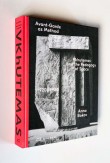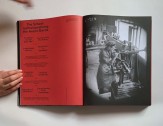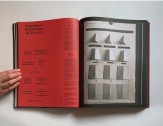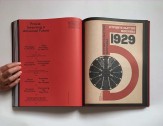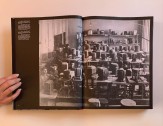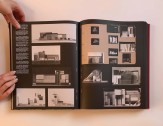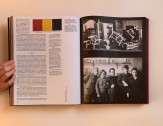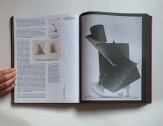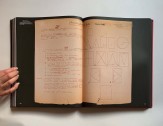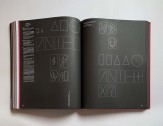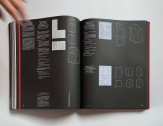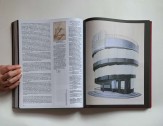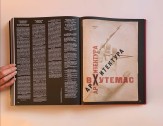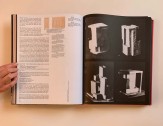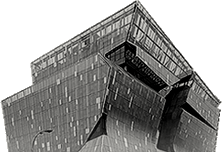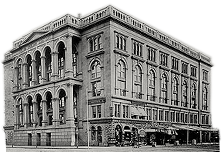Anna Bokov
Assistant Professor Adjunct
Anna Bokov is an architect and architecture historian. She is a visiting fellow of the University of Pisa (2023), a fellow of the Center for Advanced Studies in Architecture at the ETH Zurich (2021-22), and a member of the School of Historical Studies at the Institute for Advanced Study in Princeton (2020-21). She has taught at the City College and Parsons in New York, and at Cornell, Yale, Northeastern, and Harvard Universities. She worked as an architect and urban designer at OMA, NBBJ, Ennead (Polshek Partnership), and the City of Somerville. Anna is a recipient of multiple awards, including the Mellon Fellowship, the Beinecke Research Grant, and the Graham Foundation publication and exhibition grants. Her scholarly work has been published by Log, IAS Letter, The Journal of Architecture, Perspecta, Walker Art Center Primer, MoMA Post, Palimpsest, Venice Biennale, Bauhaus Dessau Foundation, and Bauhaus-Universität Weimar. She holds a Ph.D. from Yale University, a Master of Architecture from Harvard Graduate School of Design, and a Bachelor of Architecture from Syracuse University. Anna's recent award-winning book Avant-Garde as Method: Vkhutemas and the Pedagogy of Space, 1920–1930 (Zurich: Park Books, 2020) is dedicated to the Soviet counterpart of the Bauhaus. She is currently working on two new publications: one, focusing on design pedagogy in the post-Vkhutemas decade and the attack on formalism in architecture, and the other, unpacking the typology of the social condenser. She is the co-curator of Vkhutemas: Laboratory of Modernism (2023).
Anna Bokov's full CV is available here. Press for Avant-Garde as Method includes book reviews by Architectural Record (here) and The Architect's Newspaper (here).
Photo by Carmen Maldonado.

